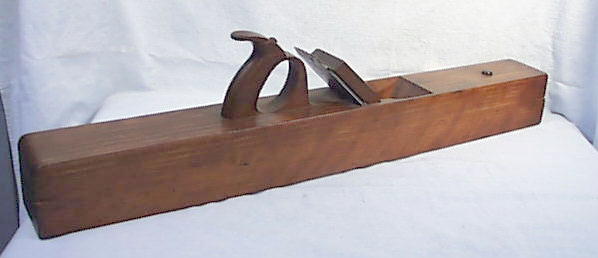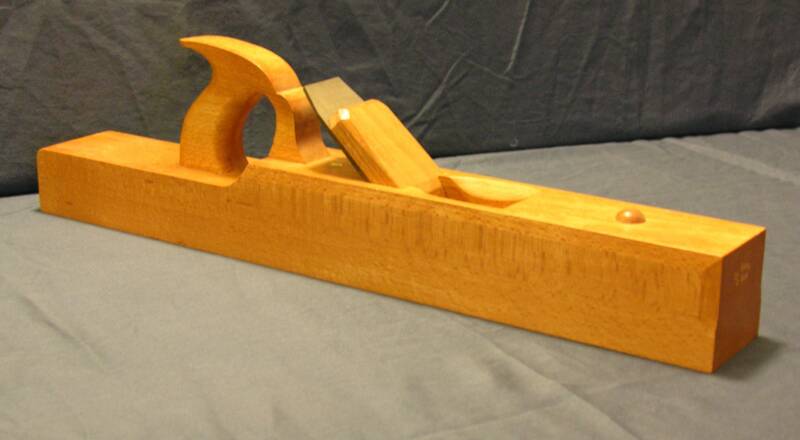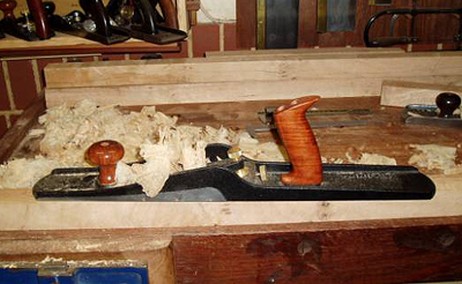One could begin by talking of cutting angles.
If you work with interlocked grain, a high cutting angles helps greatly in reducing tear out. Achieving the high angles is easier using a BU plane - simply alter the secondary bevel on bevel face. Unless it has a high enough bed/frog, a BD plane will require two bevels - one on each side of the blade.
Low cutting/included angles are also the domain of the BU plane. Planing across the grain and end grain is best served by a low cutting angle. Few BD planes can go below common pitch. The 12 degree bed of the BU plane, along with a 25 degree bevel, create an included angle of 37 degrees.
So, in effect, for one person the bottom line is that a BU plane has a wider range than a BD plane.
But that is only a part of the story. Bear with my following convoluted explanation.
One of the advantages of planing wood with a hand plane rather than a machine is that you get to know the surface of the wood. When planing interlocked grain you feel when the plane is starting to struggle and resist cutting. You stop in mid shaving, adjust the stroke/depth of blade/direction of cut.
In my experience the difference in feedback varies in part with the centre of gravity. The further from the work surface, the lower the feedback. Conversely, the lower the centre of gravity, the greater the feedback. In part, feedback also depends on the "centre of effort". C of E is a yachting term to refer to the action of the wind on the sail - where it places it force ... low or high on the sail. Pressure at the top of the sail is different to pressure at the bottom of the sail. In a similar manner, force directed at the low end of the blade creates more stability and controlled power. For this reason, a plane with a low centre of gravity requires less effort to push than a plane with a high centre of gravity, for example, a traditional jointer versus a razee jointer ...
This is the reason I build razee woodies ... and yet I often return to the LV BU Jointer ...
Add to the equation a plane with a low centre of effort - a bevel up plane is an example of this - and you will understand their attractiveness to many. They are easy to push and easy to control.
Regards from Perth
Derek







